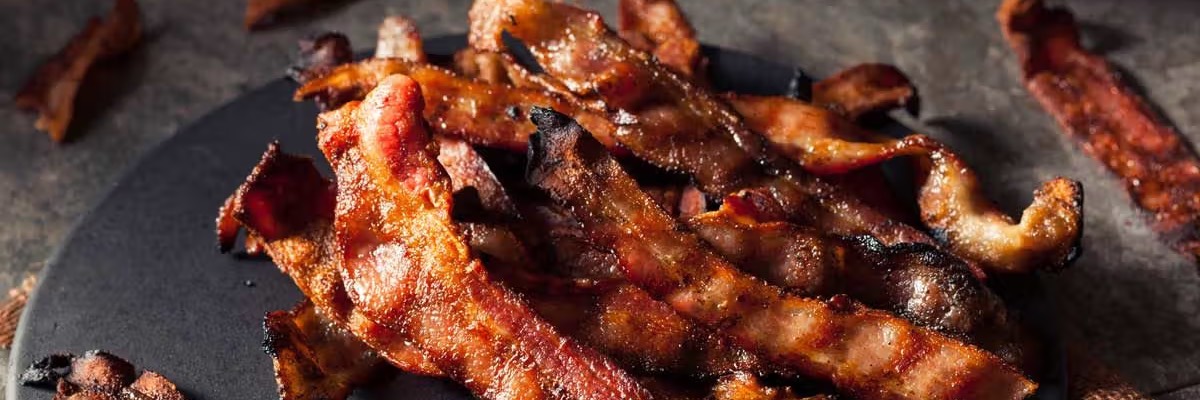The process
Making your own bacon might seem daunting, but it’s actually quite a simple process. There are three basic steps:
- You'll need a piece of meat to start with. Check out the Types of Bacon page to determine which cut will work best for you.
- You'll need to "cure" the meat. Curing is a method of preserving food by removing moisture, making the food more resistant to bacteria.
- Finally, you'll need a way to add smoke flavour. Unsurprisingly, this is done with... smoke!
Cuts of meat
Depending upon your location, the term “bacon” might mean one of a few different things. Most commonly, bacon is made from the belly of the pig. If there’s an abattoir near you, this is probably the best source for fresh, high quality meat. Your local butcher might be able to order it for you, if they don’t have it in stock. If there’s a Costco near you, they often carry pork bellies.
Curing the meat
Curing is often seen as the most daunting part of the process. People are often worried about how safe the end product will be, but with a minimal amount of knowledge you can cure meat safely and conveniently. The cure is typically a mix of salt and sugar, with the optional addition of a “curing salt”. You can read more about it on our curing salt page. Check out the curing page for more detail, and make sure you read up on curing salts
With the help of a cure calculator, you can determine the amount of salt, sugar and curing salt required. The cure can be applied “dry”, by rubbing all over the meat, or “wet” by mixing with water and soaking the meat in the brine. The most precise and effective method is dry curing, and therefore is the most common once people become more familiar with the process.
Smoking the meat
Smoking the meat serves two purposes: It is an additional level of preservation, since it dries out the meat and also discourages bacteria. Secondly, it adds that delicious, smokey flavour we all associate with bacon! There are two methods for smoking meats, hot and cold smoking. Both are common and both yield different results, but it is easy to experiment as you continue your bacon journey.
Hot smoking can be done more easily, with a pellet grill, wood pellets or a real wood fire. Cold smoking can be a little trickier, because as the name implies, it requires generating smoke without generating too much heat.
In both hot and cold smoking, the meat is exposed to smoke (a “thin”, rapidly moving smoke) for a period of time.
